Text and Photos by Henrylito D. Tacio
What do bananas, apple, citrus, strawberry, papaya, grape, watermelon, coconut, avocado, and pineapple have one thing in common?
They are the top ten healthiest fruits, according to Dr. Willie T. Ong, an internist-cardiologist who was given the Outstanding Filipino Physician Award by the Department of Health in 2007.
Let’s take a closer look at them:
Apple: A low-calorie snack, high in both soluble and insoluble fiber. Nutrition experts claim one large apple has around 130 calories, and none come from fat. Apples also have no sodium or cholesterol – nutrients many want to expressly avoid. One apple has 34 grams of carbohydrates, 25 grams of which come from the fruit’s natural sugars.
Lisa Sefcik, in an article, wrote: “One apple gives you 20 percent of your daily value (DV) of fiber. You also get 2 percent of your DV of vitamin A, iron and calcium, and 8 percent of your DV of vitamin C. Almost half of the fruit’s vitamin C content is within the skin, so it’s best to eat apples unpeeled. Apple skins are a valuable source of the fruit’s fiber and also contain pectin.”
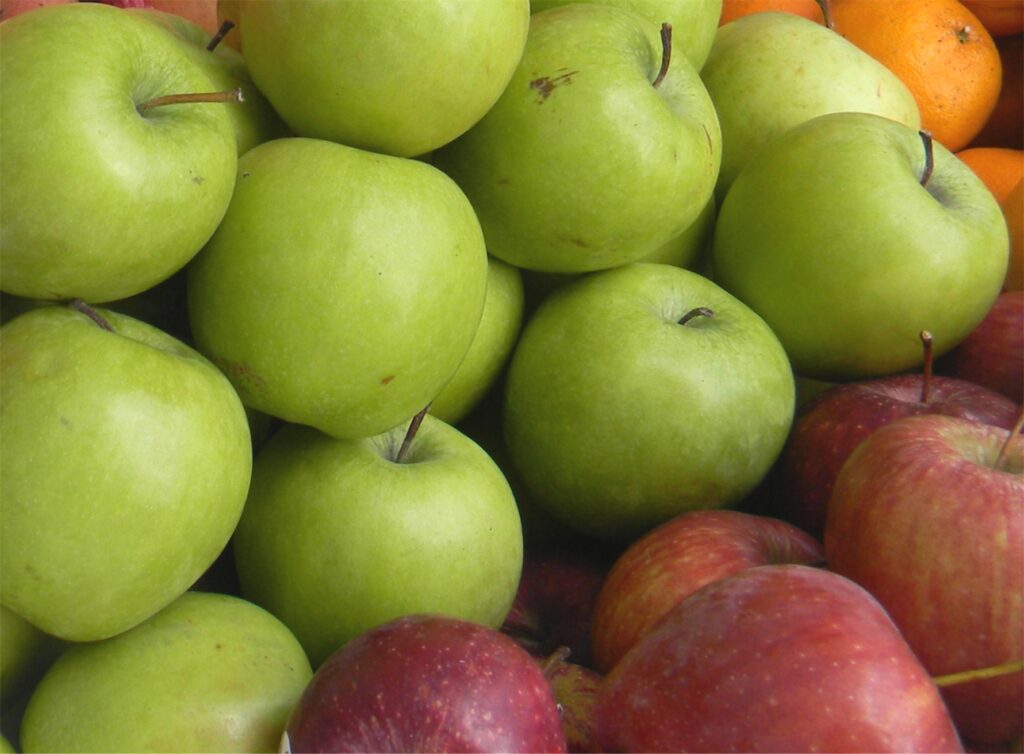
Looking for something to help you lose some weight? Try eating apples, which may help to increase weight loss, according to a study involving about 400 women in Brazil. Women ate either apples or oat cookies for a period of 12 weeks. After the 12 weeks, the researchers found that the women who consumed the apples had a significant weight loss of 1.21 kilograms, while the group of women who ate the oat cookies showed no significant weight loss.
Avocado: The most nutritious fruit in the world. The reason, according to “Health Online Zine,” is that the fruit “contains in excess of 25 essential nutrients, including vitamins A, B, C, E, and K, copper, iron, phosphorus, magnesium, and potassium.”
Avocado also contains fiber, protein, and beneficial phytochemicals such as beta-sitosterol, glutathione, and lutein, which help protect against various diseases and illnesses. In addition, “avocado is one of the high calorie fruit that you could be eating. This is due to its larger amounts of fat content, approximately 20 times the average of other fruits.”
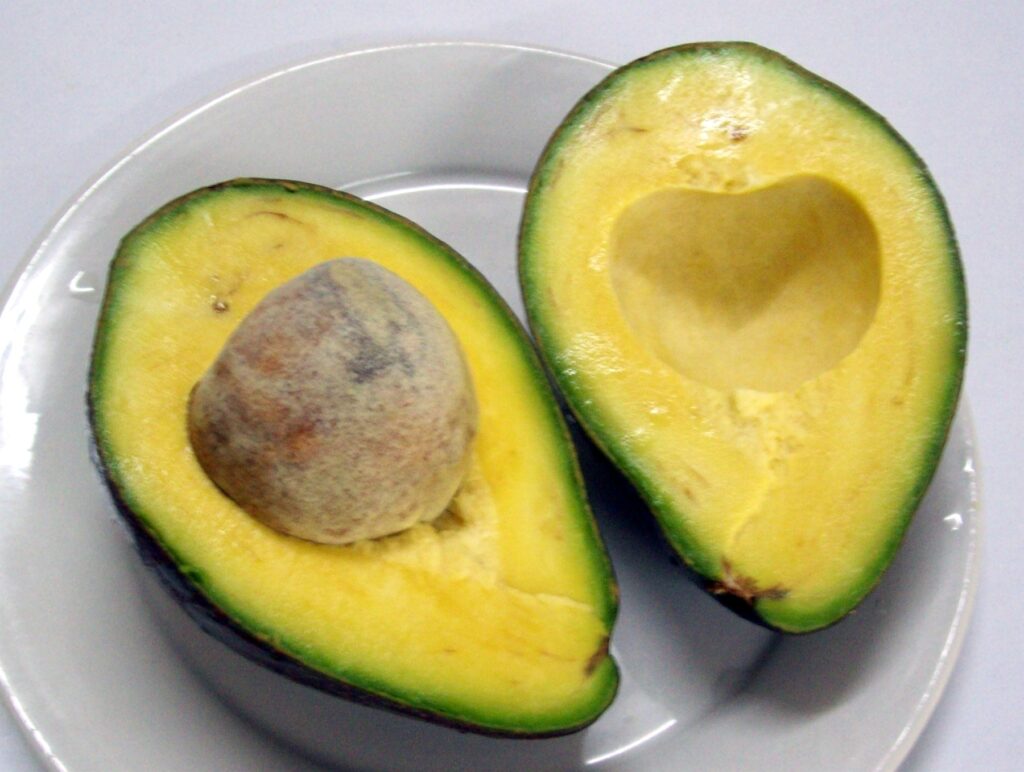
Nutritionists claim avocado contain goodly amounts of Vitamin C (necessary for the production of collagen needed for the growth of new cells and tissues, prevents viruses from penetrating cell membranes, and also a powerful anti-oxidant), thiamine (which converts carbohydrates to glucose to fuel the brain and nervous system), and riboflavin (helps the body to release energy from proteins, carbohydrates, and fat).
Banana: “In one form or another, raw or cooked, more bananas are consumed daily than perhaps any other fruit in the world.” That’s what the book “Tropical and Subtropical Agriculture,” states.
Unknowingly, banana is one of the most healthful fruits the world has known. Alexander the Great was so fascinated by the virtues of this fruit that he described it as “the heavenly fruit that tasted like nectar sweetened in honey.”
Health experts claim that banana is low in protein, free of fats but high in energy. A fully ripe banana has 20-25 percent sugar. It has a significant amount of B-vitamins, especially B1 and B6. B1 is a brain tonic, whereas B6 relieves, in particular, uncomfortable symptoms of the premenstrual tension syndrome-like irritability, headaches, tender breasts, and water retention.
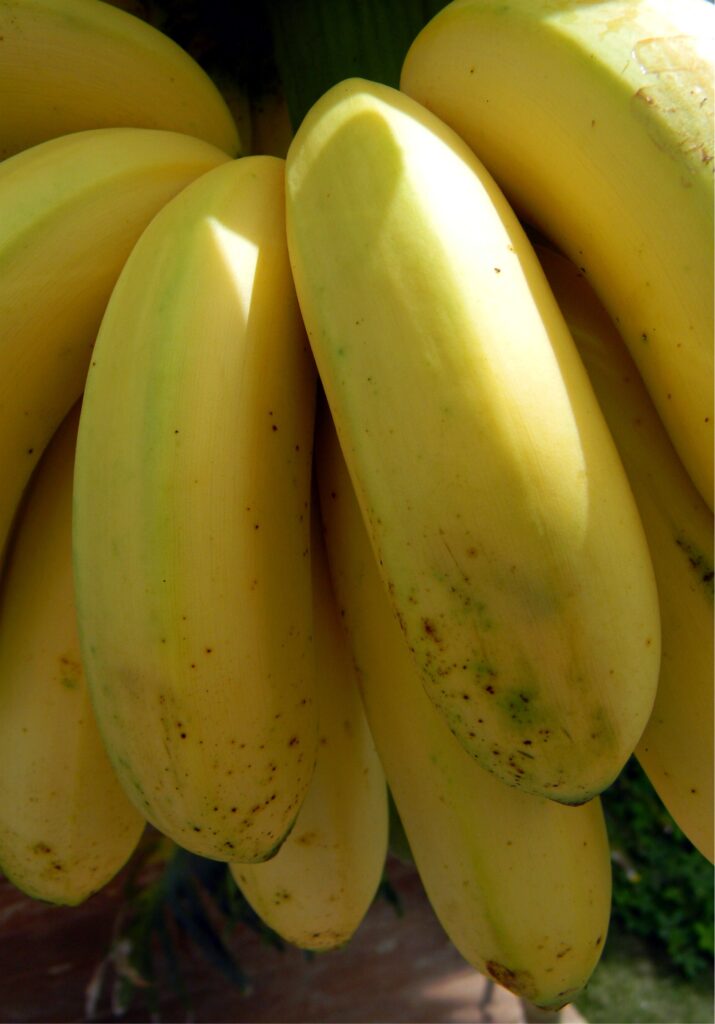
“One medium-sized banana boasts of 100-125 kilo calories, 4-5 grams fiber, about 400 milligrams potassium, 17 milligrams calcium, 36 milligrams phosphorus and traces of other minerals like iron,” said Professor Kanwar, an eminent biophysicist who writes for the “Health Tribune.”
A major study reveals that diets loaded with potassium-rich bananas may be able to cut the risk of strokes by one-third. Scientists feel that many people can be protected against strokes and heart attacks by minimizing sodium (common salt) intake and by consuming plenty of potassium-rich foods, of which banana is one. In the United States, the Food and Drug Administration has just allowed the banana industry to make official claims for the fruit’s ability to reduce the risk of blood pressure and stroke.
Citrus fruits: The overflowing amounts of vitamin C in citrus fruits are the reason why they are included in the list. “Locally, we have calamansi, suha, and dalandan. However, oranges and lemons are splendid too but are more costly,” Dr. Ong wrote.
Vitamin C may help alleviate inflammatory conditions like asthma, osteoarthritis, and rheumatoid arthritis. It also protects the heart and boosts the immune system. That’s why it’s good for preventing colds.
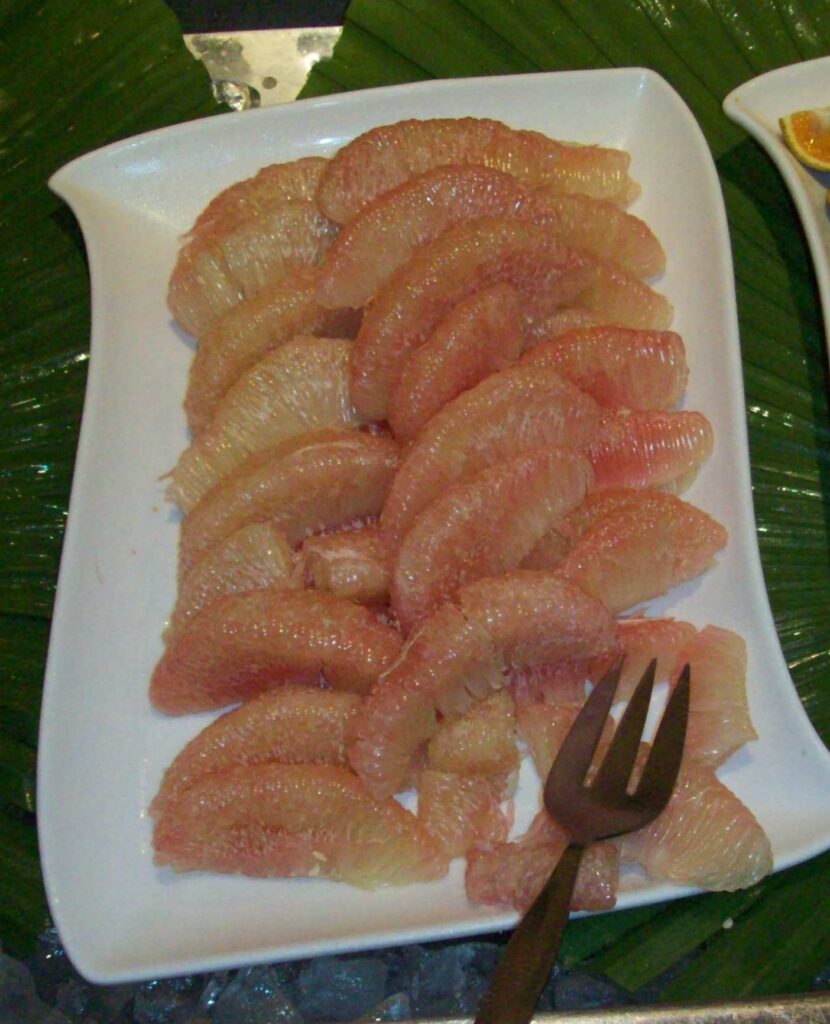
“Citrus fruits contain a fair amount of folate and potassium,” Dr. Ong said. “Folate lowers homocysteine levels in the body and may reduce heart disease. All citrus fruits contain fiber, especially in the membranes separating the sections. For that reason, when you eat a fresh orange or grapefruit, it is always best to try to eat a bit of the white membrane around the juicy sections of the fruit.”
Coconut: Although not actually a fruit but a nut, Dr. Ong included this in the list. Sugar from coconut is all-natural. That is why it is recommended to people with diabetes. Studies have shown that it has a low glycemic index (GI) of 35, which is much lower than the 54 GI, which nutritionists consider as safe for people who have to watch their blood glucose level. “It has also glumatic acid, the same ingredient present in Viagra,” says Benjamin Lao, president of Lao Integrated Farms Inc., based in Bansalan, Davao del Sur.
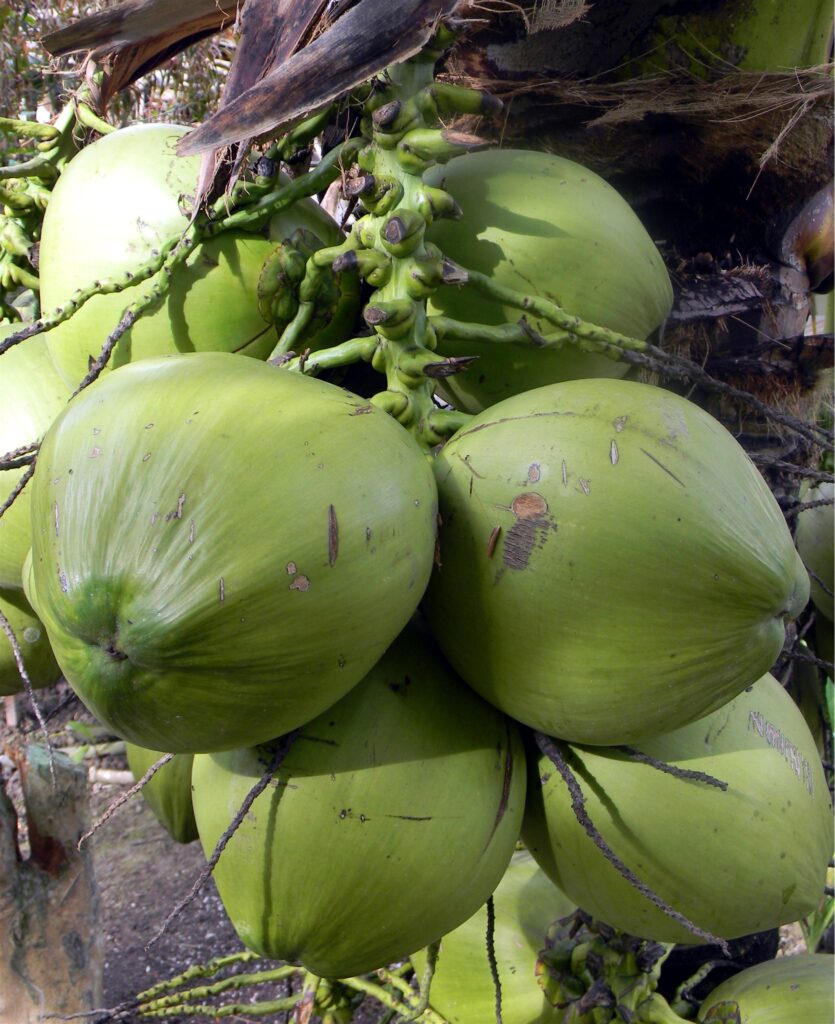
One American health magazine hails coco water as “America’s healthiest beverage” for providing enhanced hydration, essential nutrition, and all five essential electrolytes (calcium, potassium, magnesium, phosphorous, and sodium).
When compared with a popular sports drink per 100 milligrams, coco water has more potassium (294 milligrams versus 11.7 milligrams), less sodium (25 milligrams versus 41 milligrams), more chloride (118 milligrams versus 39 milligrams), more magnesium (10 milligrams versus 7 milligrams), and less sugars (five milligrams versus six milligrams).
Grapes: In the Bible, grapes were made into wine. Winifred Walker wrote in All the Plants of the Bible: “These bunches of grapes were thrown into a wine press, which was sometimes as large as a room and constructed underground, then trodden under foot by laborers. The juice of the squeezed grapes was made into wine and vinegar: this vinegar was poor wine, chiefly the drink of the Roman soldiers.”
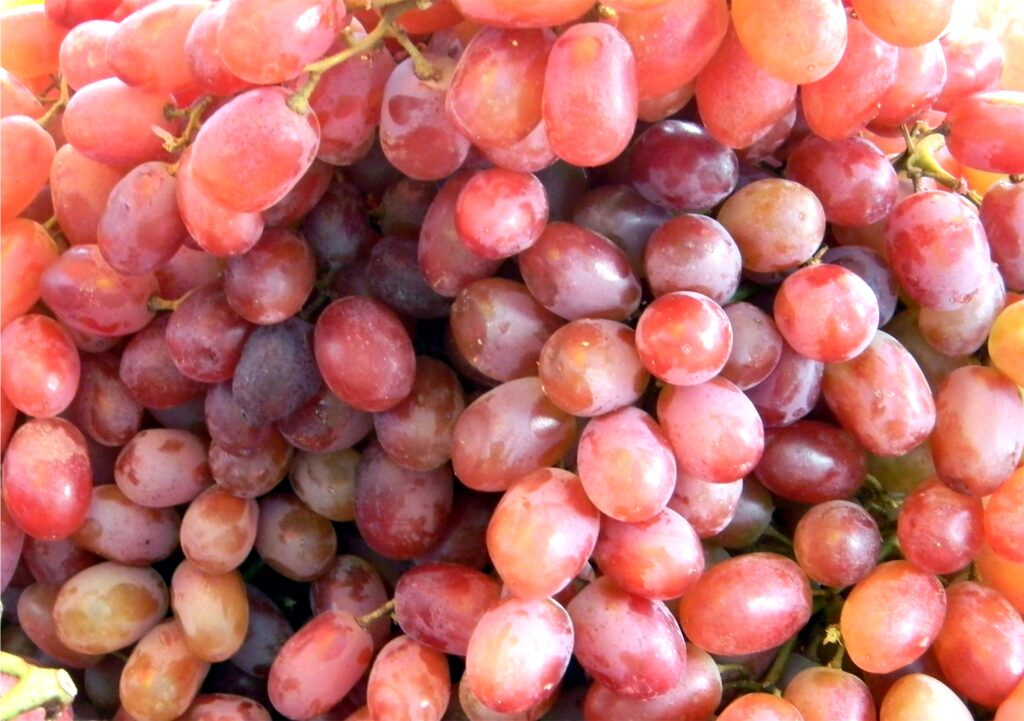
According to Dr. Ong, grapes contain important ingredients such as tannins, flavonoids, and anthocyanins. “These chemicals are believed to give grapes its anti-cancer properties,” he wrote. “Grapes are beneficial for those recuperating from an illness, and those who have anemia and fatigue. In fact, during Mahatma Gandhi’s long fasts, he would drink grape juice to keep his strength up.”
Papaya: “Low in calories and full of nutrition, papaya has more vitamin C than an orange,” says Amy Housman, a registered dietitian based in Hawaii. “It’s loaded with vitamin A, potassium, folate and fiber. It also contains lutein and zeaxanthin, substances which help protect our eyes from age-related blindness.”
Papaya helps in the prevention of atherosclerosis, diabetes, and heart disease. Folic acid found in papaya is needed for the conversion of a substance called homocysteine, an amino acid. If unconverted, homocysteine can directly damage blood vessel walls, and if levels get too high, it is considered a significant risk factor to heart attack and strokes.
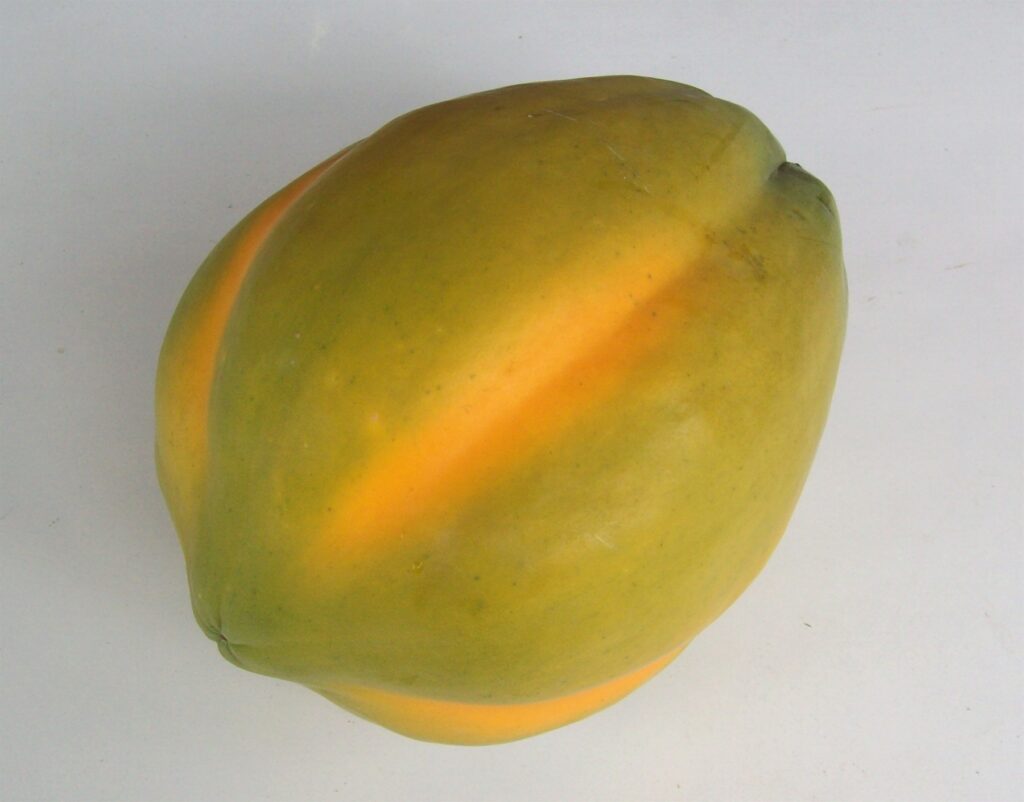
Papaya is definitely a boon when it comes to the heart. The antioxidants fight the cholesterol present in the blood and prevent it from building into plaques that clog the arteries. Apart from that, the rich fiber content of the fruit breaks down toxic substances like homocysteine into easily absorbable amino acids, reducing the chances of heart stroke.
Papaya is also a good source of fiber, which lowers cholesterol levels and helps in easing the discomforts of constipation. The fiber is able to bind to cancer toxins in the colon and keep them away from the healthy colon cells.
Pineapple: Pineapples are loaded with vitamins and minerals, including vitamin A, vitamin C, calcium, phosphorus, and potassium. It is also rich in fiber and calories. On top of it all, this fruit is low in fat and cholesterol.
Since pineapples are rich in vitamin C, it can fight off viruses that cause cough and colds. Even when you are already infected with such an ailment, pineapples can help you, health experts claim. As the fruit is loaded with bromelain, it is effective in suppressing coughs and loosening mucus.
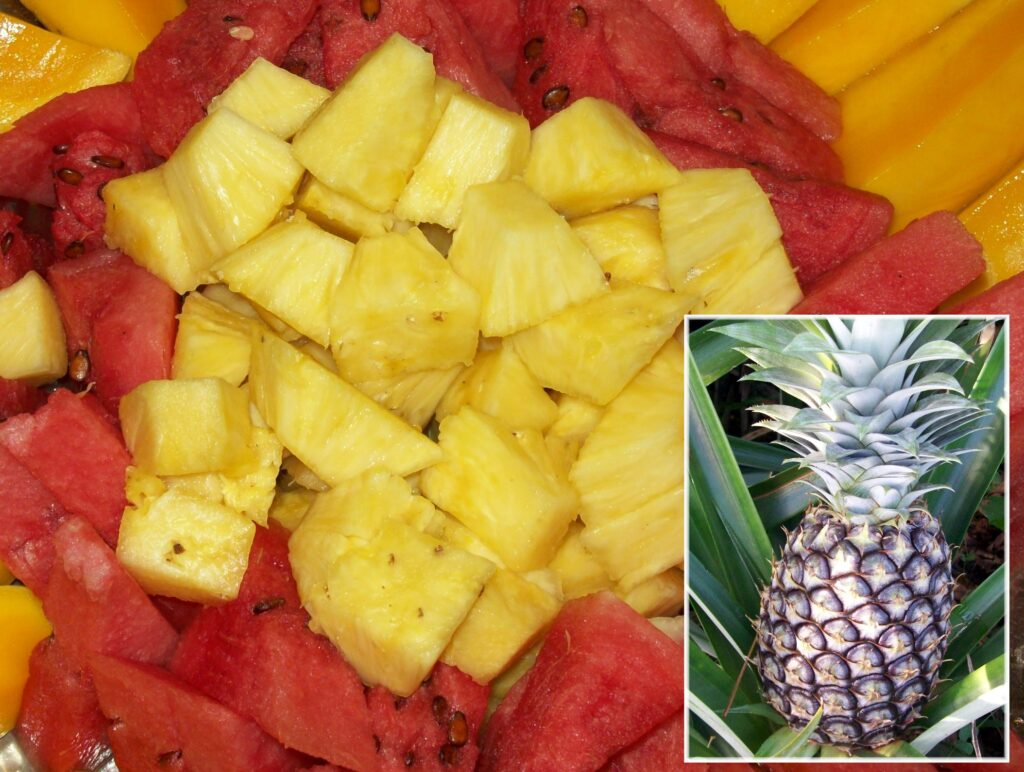
If you have a cold with a productive cough, add pineapple to your diet. It is commonly used in Europe as a post-operative measure to cut mucous after certain sinus and throat operations. Those individuals who eat fresh pineapple daily report fewer sinus problems related to allergies.
Strawberry: “Strawberries are an excellent source of vitamin C,” says Toronto-based registered dietitian Madeleine Edwards. Most mammals – except for human beings – have the ability to produce vitamin C naturally, which is why it’s so important to get your daily requirement. “One serving of strawberries contains 51.5 mg of vitamin C – about half of your daily requirement,” Edwards says. “Double a serving to one cup and get 100 percent.”
Vitamin C is a well-known immunity booster, as well as a powerful, fast-working antioxidant. A 2010 study by the University of California at Los Angeles discovered that the antioxidant power in strawberries becomes “bioavailable” or “ready to work in the blood” after eating the fruit for just a few weeks.
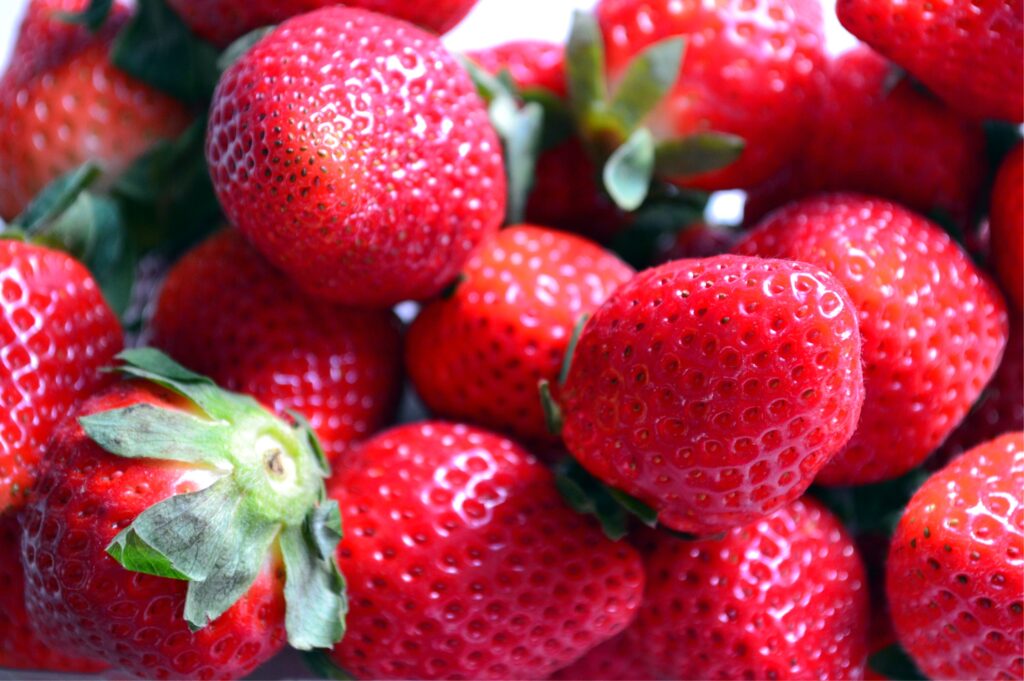
Nutritionists said strawberries are packed with B2, B5, B6, vitamin K, copper, and magnesium. They also contain folate, a key ingredient in the manufacture of red blood cells. Strawberries likewise contain omega fatty acids and essential fiber.
Watermelon: Packed with some of the most important antioxidants found in nature. It is an excellent source of vitamin C and a very good source of vitamin A, particularly through its concentration of beta-carotene. Food experts recommend watermelon as a very good source of vitamin B6 and a good source of vitamin B1 and magnesium. Because of its higher water content and calorie value, it is ranked more valuable than other fruits.
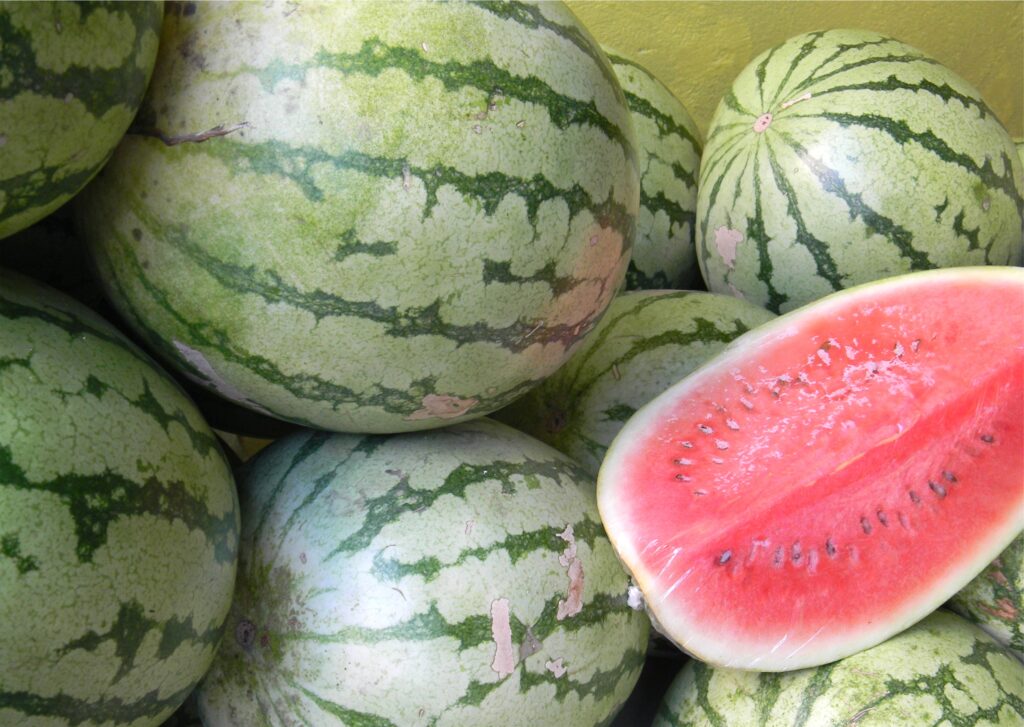
Dr. Ong says every two cups of watermelon (280 grams) contain 80 calories, zero fat, 27 grams of carbohydrates, 10 milligrams of sodium, 80 micrograms of vitamin A, lots of vitamin B2, 80 milligrams of vitamin C, 18 milligrams of lycopene, and ample amounts of potassium, iron, and calcium.
The water in the fruit is said to be made of 92 percent pure alkaline water. “Compared to acidic juices of oranges and pineapple (which may irritate people with ulcer and gastritis), watermelon is safe for your stomach,” Dr. Ong says.
